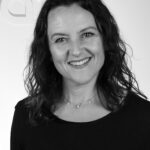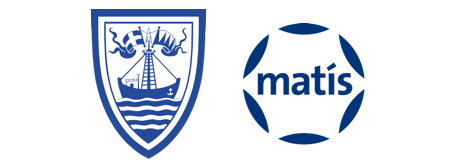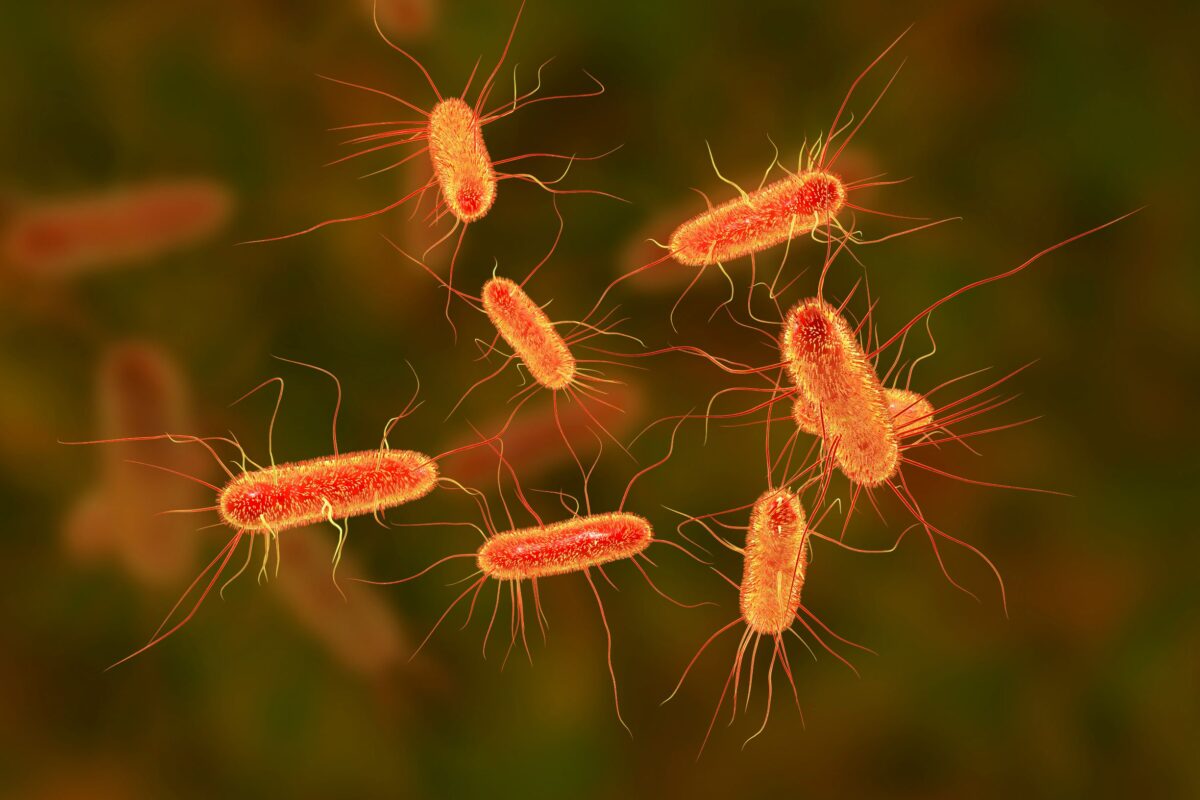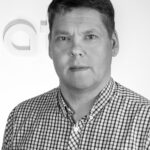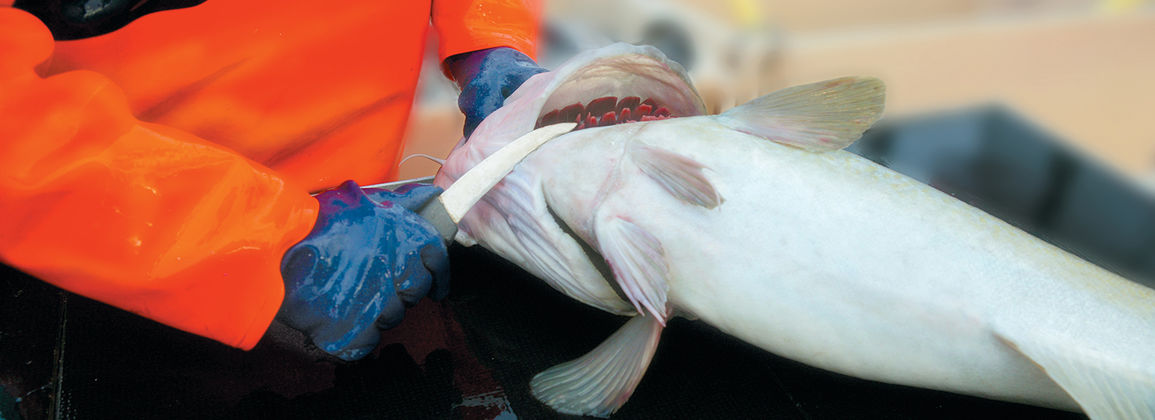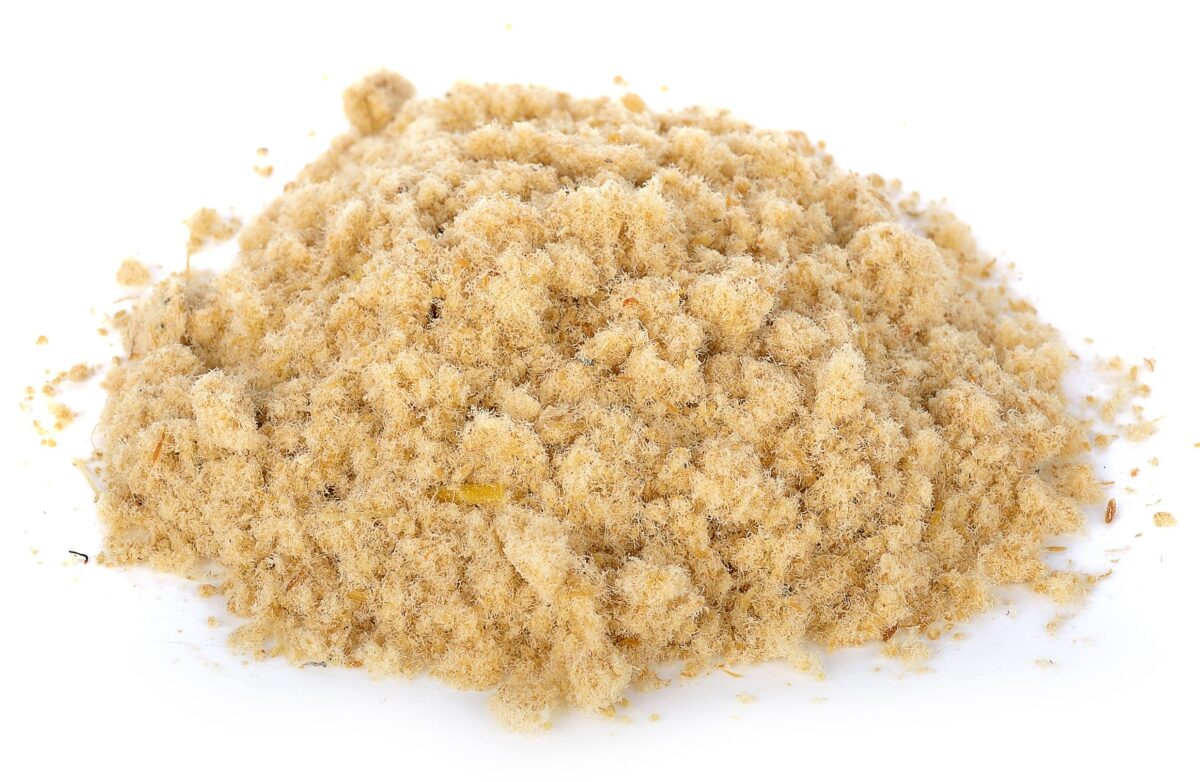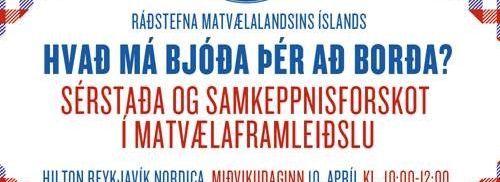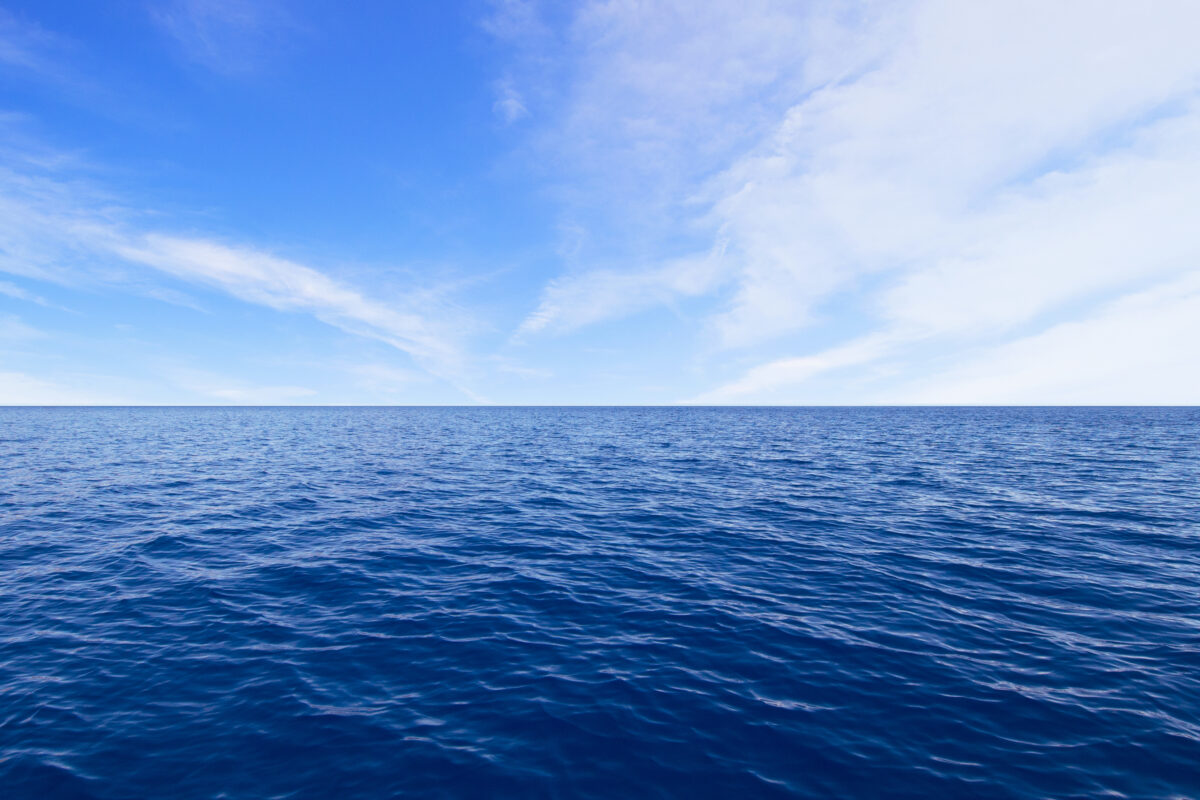Students in Youth University visited Matís on 13 June on theme days. The title of the day was "Food in space" and the teaching was done by Sævar Helgi Bragason, actor and award-winning science mediator, Anna Sigríður Ólafsdóttir, professor of nutrition at the School of Education at the University of Iceland, and Kolbrún Sveinsdóttir, specialist in research and innovation at Matís. A total of 24 students aged 12-15 participated.
The course consisted of instruction on the history of space travel, food and the food cycle in space, our senses and how perception changes in space, human nutrition in space and food culture. Into the teaching were practical exercises with perception and food: smell, taste, appearance, sound and texture, as well as the interaction of the senses and how perception in space is different from what we experience on earth. In addition, students got to know research on microplastics, microbiological and genetic research carried out on Matís, all intertwined with life in space.
Matís' involvement in the project was through the WeValueFood project, which Matís will participate in together with 13 other universities and institutions in Europe in the coming months. WeValueFood aims to support the European food economy by educating and empowering the next generation of consumers in knowledge, interest and participation in food-related issues. Part of that is to introduce and educate young people about food and raise their awareness of the issue with new approaches and from other perspectives. Food in space is a very interesting approach to food-related issues and students were very interested in the connection between food, nutrition and space.
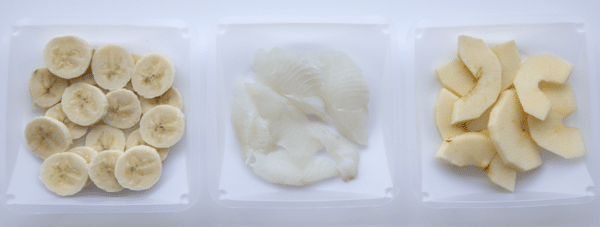
Students got to taste freeze-dried fish, apples and bananas.
WeValueFood is shared and sponsored by EIT Food, a large European food knowledge and innovation community that aims to transform the environment of food production, processing and consumption by connecting consumers with companies, entrepreneurs, scientists and students across Europe. EIT Food supports new, sustainable and cost-effective solutions to improve consumer health and to ensure access to safe, high-quality food that has the least impact on the environment.


